Learning how to use recipe ratios teaches math for the real world. They're easy to master, and once you know how to use them, you can improvise to create new recipes with confidence. Great for kids to learn math in the kitchen!
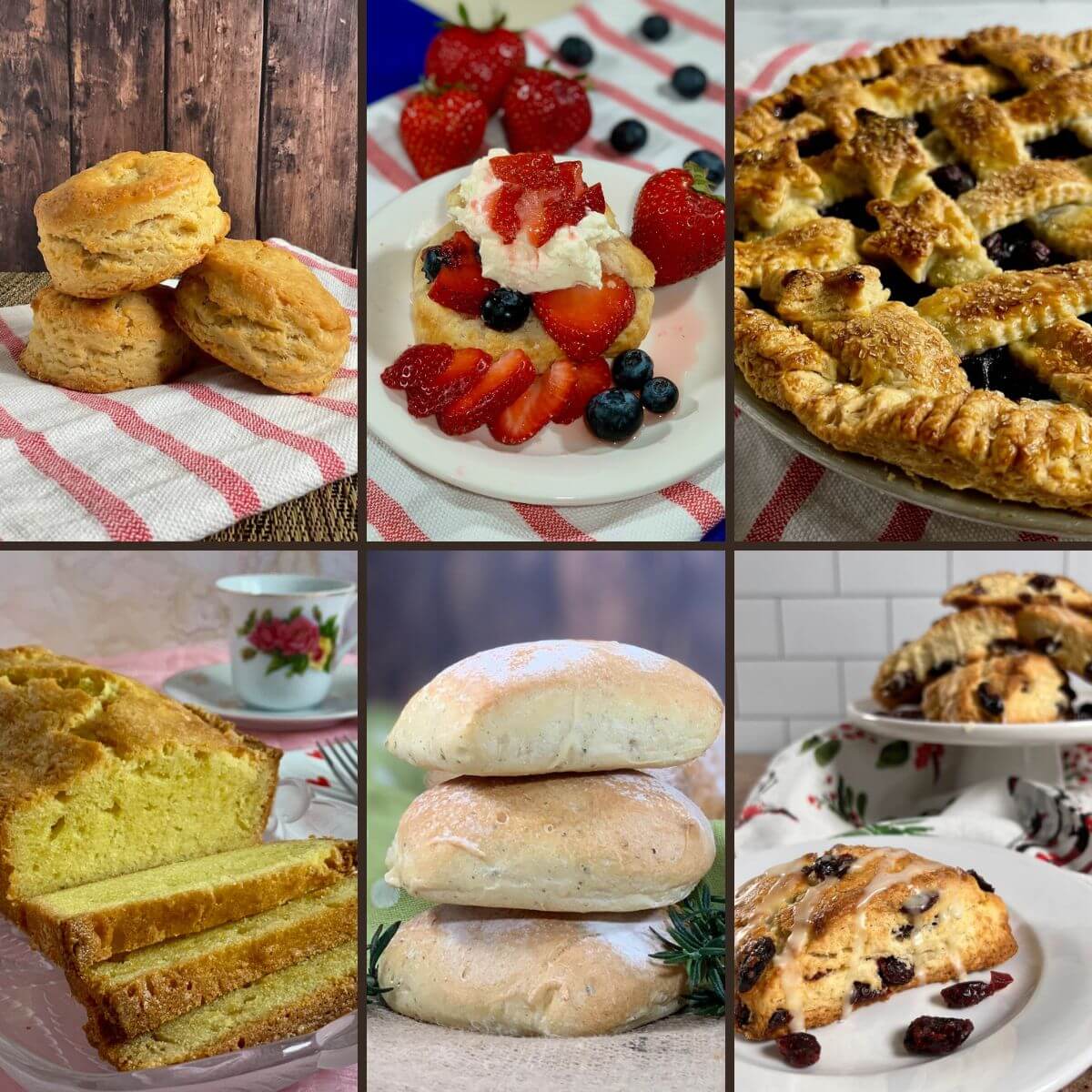
Jump to:
Why this technique works
- Break down recipes to easy-to-remember ratios
- Can be used to substitute ingredients in a recipe with success
- Scale a recipe up or down as needed
Math is everywhere, especially in the kitchen.
As a former High School Math Tutor, I've heard variations of "I don't like math" many different ways. What it usually boiled down to was that people weren't relating math to the real world and getting stuck on problems, like factoring x2 + 2x + 1. (Pssst...it's (x+1)2 for those interested. Yes, I couldn't resist).
What I would tell my students (and anyone else who would listen) is that math is the language of the universe. It's just a way for us to represent how nature works. And sometimes the math is the same even if the context is different. For example, the math for a stream of water running in a channel is quite similar to airflow over a wing. Different areas, similar formulas. I love that.
When you can relate math to the real world, then it becomes much more accessible.
Recipe ratios teach math in an easy to understand way. Kids especially will learn valuable math skills relating to cooking, just by using this ratio technique. Plus you'll get some yummy treats after the lesson!
Check out the book, grab your kitchen scale, and have at it. Look beyond the recipe to see the math underneath. It's not hard, or scary, and yes, you can do it. No excuses!
I love how you explain things and make them accessible! Your engineering background peaks out again.
- Leslie
Using ratios in the kitchen
Once you start thinking in terms of similarities, it starts to become clear that many basic baking recipes are variations of one another. They're similar in terms of the proportions of the ingredients in the recipe, differing only in the specific ingredients used.
If you can identify commonalities between recipes, then you can represent them mathematically. Once you do, now you have a blueprint to follow no matter what kind of recipe you're making. A recipe ratio (aka baking ratio), as it were.
And that's just what chef and food writer Michael Ruhlman writes about in his book, Ratios: The Simple Codes Behind the Craft of Everyday Cooking. Ruhlman explains that if you looked at the ratios of the component ingredients in a recipe in terms of weight (not volume), then making that recipe becomes just a matter of remembering its recipe ratio. All you need is a kitchen scale and your desired ingredients
This is why I always include weight measurements (in addition to the volumetric measurements) in all the recipes I give you.

Ratios for common recipes
Let's look at some common recipes and see their baking ratios in use. These are the ratios I use so frequently I've memorized them. Look ma, no recipe!
Biscuits and Scones
Biscuits have a 3 : 1 : 2 recipe ratio, that is, 3 parts flour, 1 part fat, and 2 parts liquid. A scone is just an enriched biscuit, meaning eggs are added. Just count the egg into the measurement of the liquid (one large egg is about 2 ounces or 56 grams, although weighing yours will be more accurate).
Bread
Bread dough has a recipe ratio of 5 : 3, 5 parts flour to 3 parts water. I use this ratio frequently.
Did I say frequently? How about weekly! This is the basis for many of my sourdough starter discard breads. I first measure the amount of starter discard I have (usually 8 ounces, which yields me 4 ounces of flour and 4 ounces of water). I take those amounts into account, subtracting them from the amount of flour and water in any given bread dough recipe. Add yeast and salt, and now it's a versatile dough to start making all sorts of different types of bread.
Pie Dough
The recipe ratio for pie dough is 3 : 2 : 1, 3 parts flour, 2 parts fat, and 1 part liquid. Common fats used are butter, shortening, or an animal fat like lard or chicken fat. The liquid can be water, milk, or stock, or your liquid of choice. You can scale the ratio to make a single crust pie (3x the ratio, 9 : 6 : 3) or double crust pie (4x the ratio, 12 : 8 : 4).
More ratios for common recipes
The baking ratios above are ones I constantly use, but there are many others, like for cakes, custards and sauces, chocolate ganache, and vinaigrettes. And they're each a useful bit of knowledge to have at your fingertips.
Questions asked and answered
Here are some questions you might have...
Luckily, Michael Ruhlman has done much of the work already. His book,
Ratios: The Simple Codes Behind the Craft of Everyday Cooking, contains the recipe ratios for many different types of items, like breads, batters, custards, and sauces. It's very handy!
Glad you asked! I've compiled the baking ratios I use most in this handy chart.


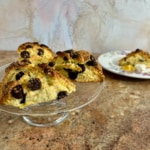





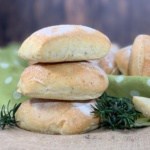
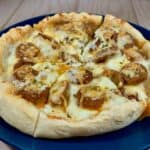









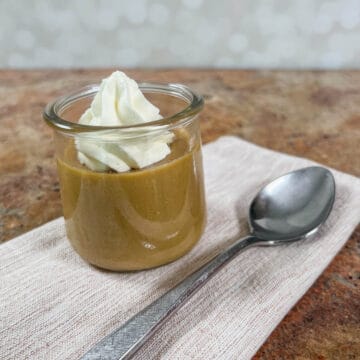

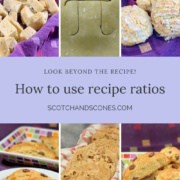
Leslie Siegel says
I love how you explain things and make them accessable! Your engineering background peaks out again.
Tammy says
What can I say? I’m a Math Geek at heart! Thanks for the kind words 😉